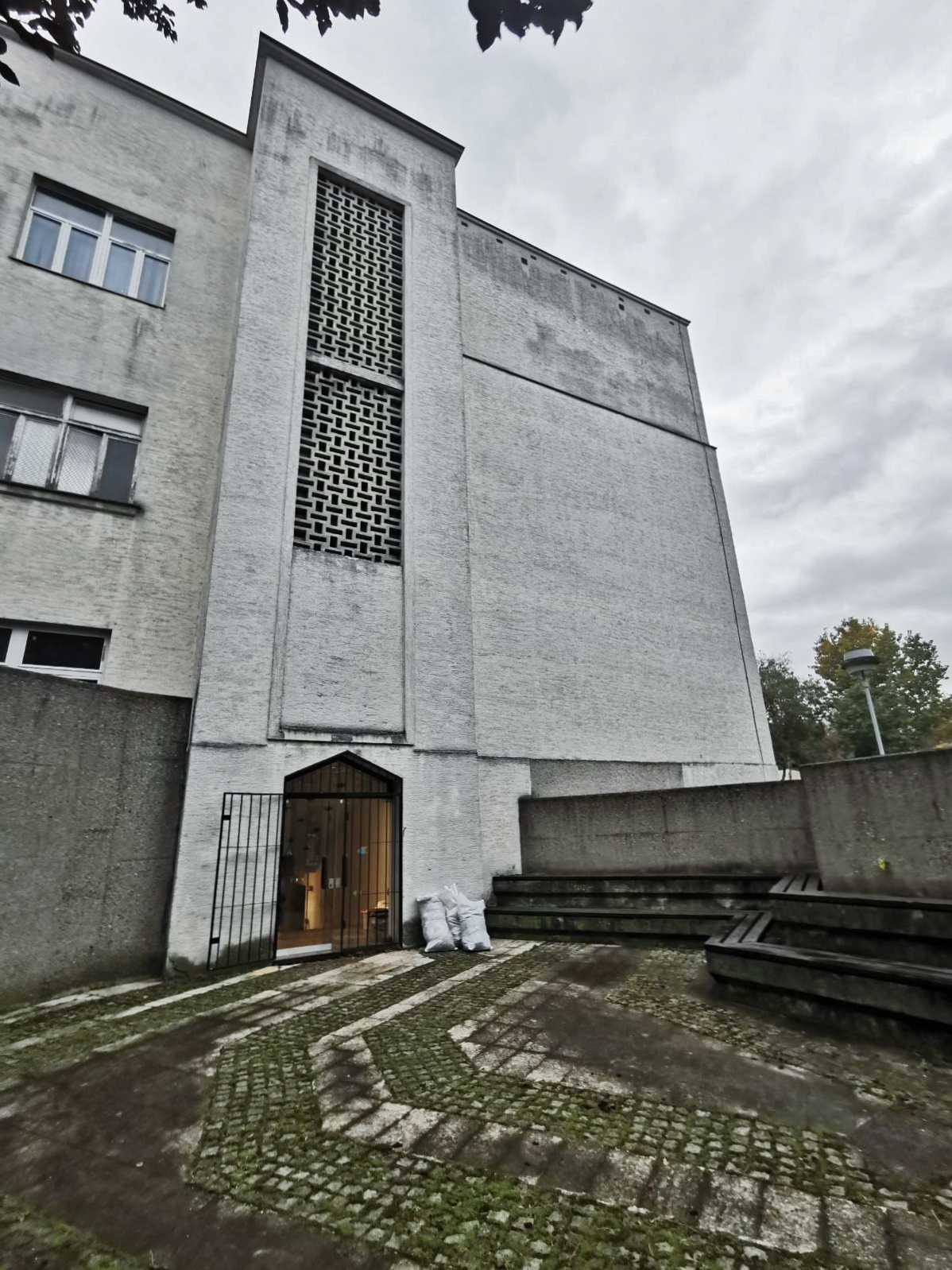WHERE IS IT?
The museum is located at 33 Pavla Jurišića Šturma Street in Banjica.

THE HISTORY
After the end of the Second World War, the buildings of the former camp were handed over to the use of the Yugoslav People's Army. Prior to the opening of the Museum of the concentration Camp in 1969, there was the Military Academy. The new Museum installation was set up in 1983 to approximately 450 m2. Due to new research results in 2001, an amended exhibition of the Banjica Camp Museum was presented.
INTERIOR
Inside the building, there is an extensive musicological material consisting of: posters, photographs, personal items, drawings, handicrafts of the camp inmates. 400 exhibits were presented to the visitors in this area. In the large entrance hall there is a large model of the camp complex. The ambience of the camp room was reconstructed within the memorial hall. 400 exhibits were presented to the visitors in this area.


THE HISTRORY OF THE CAMP
The camp at Banjica was founded on July 5, 1941, in the building of the barracks of the former 18th Infantry Regiment in Voždovac. The decision to establish the camp was made by the German administration and the Gestapo. It was the second camp in a row in occupied Serbia. The first detainees were brought in on July 9.
The administration in the Banjica camp was twofold: one third under the jurisdiction of the Belgrade City Administration and the Ministry of the Interior, while the rest was controlled by the Gestapo. The dual administration of the camp was only an illusion, because all key decisions were issued and approved by the Gestapo.
The Representatives of the Special Police were allowed to arrest prisoners, but not to make decisions on release. This led to the arrest of a group of 152 intellectuals who were imprisoned in November 1941 on charges of being Freemasons. Among them were leading Belgrade intellectuals: Aleksandar Belic, Aleksandar Deroko, Milos Djuric, Mihailo Ilic, Petar Kolendic, Viktor Novak, Veljko Petrovic, Vasa Cubrilovic, Jovan Erdeljanovic, Risto Stijovic, Aleksandar Leko, Nikola Vulic, Ivan Djaja, Tihomir Djordjevic. Fearing negative reactions from the public, German authorities allowed them to be released from the camp over the next two months. A drawing from Alexander Deroko, a famous architect and professor at the University of Belgrade, shows a scene from one of the rooms where they were detained. At the top of the drawing is written: "What did Goya say - Io lo vi! (Spanish. I saw it), a remark referring to a series of Goya's prints of Horror of War.

Aleksandar Deroka, Hostage Room, 1941.
During the four years of war, over 30,000 detainees of different nationalities, religions, occupations and educations passed through it. Members and sympathizers of Draža Mihailović's civil parties and movements, communists and members and sympathizers of the People's Liberation Movement, farmers who did not hand over the requested quantities of grain to the Food Directorate, Freemasons, pro-British intellectuals, criminals and others were detained. The shocking fact is that there were 22 children under the age of 7, 26 children between the ages of 7 and 14, and 76 children between the ages of 14 and 17 in the camp.
To date, 4,200 executed detainees have been reliably identified. To this list should be added the thousands of detainees who have been deported from here across Europe. The camp was disbanded 4/5. October 1944.




